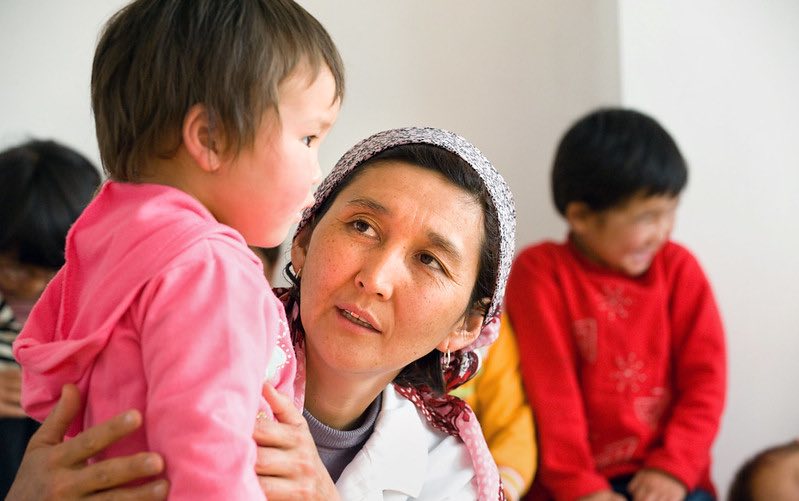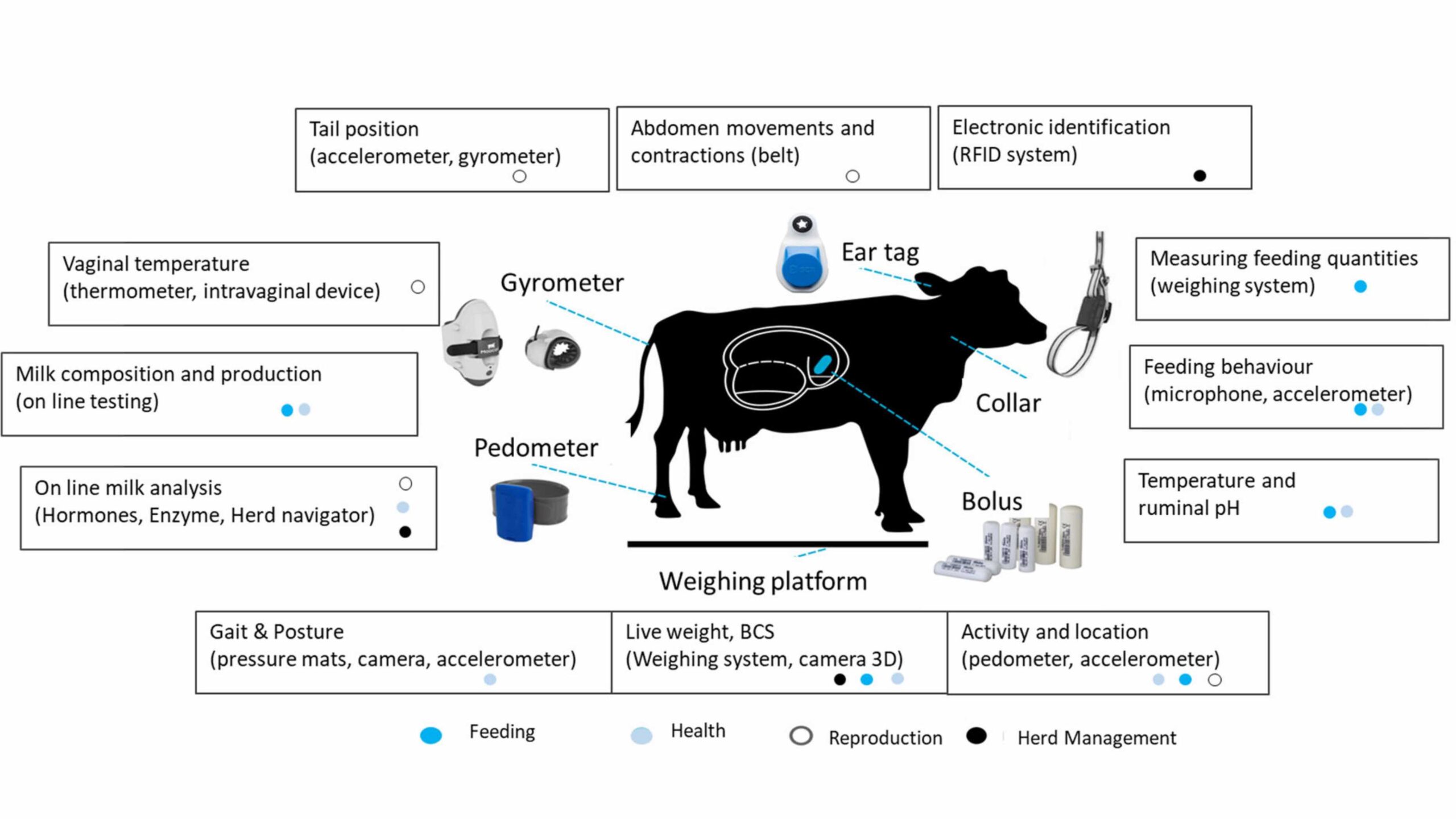The COVID-19 pandemic is hitting poor and vulnerable countries the hardest, poverty rates are increasing worldwide, and households are experiencing higher levels of income volatility. According to our new study focusing on Kyrgyzstan, such fluctuations can significantly reduce the health and nutrition status of children under 5. However, there is a silver lining: Income shifts can simultaneously reduce the incidence of overweight and obesity in adults (primarily women).
The study, published in Health Economics and written by Katrina Kosec and Jie Song, is motivated by previous research showing that poor households often underinsure against income reductions, making them more vulnerable to shocks. However, many studies focus on just one age group (e.g., very young children, children broadly, or adults), leaving open the question about what happens to others in the household. Some studies fail to consider why health improves (e.g., did consumption increase? Did fertility decline? Did adults work less and thus spend more time with children?). Some capture shocks to income due to natural disasters, which are known to have extensive psychological and behavioral impacts beyond those of everyday income fluctuations—see here, here, and here. Others use cash transfer programs that target the poorest of the poor, which may not resemble other populations; see a review of mixed findings here.
Addressing these gaps, we use individual-level data from a 13-year nationally representative rotating panel survey of Kyrgyzstan to consider how fluctuations in predicted income affect health from early childhood to adulthood and by gender, and consider consumption, time use, and fertility patterns to better understand impacts. To get a broader picture that goes beyond disaster or cash transfer studies, we use a Bartik strategy to construct a measure of household income predicted using information unrelated to households’ own behavior. Specifically, this variable captures shocks to returns to economic activity in sectors on which the household is heavily reliant at baseline.
Our analysis included several measures of health and nutritional status of young children (aged 1-5), older children (aged 5-18), youth (aged 18-35), and older adults (aged 35 and over). In young children, nutritional status was assessed by height-for-age Z-score (HAZ), which can capture chronic malnourishment; weight-for-height (WHZ), which measure acute malnourishment; and weight-for-age (WAZ), a composite of the other two. For older children and adults, we compute body mass index (BMI) and indicators for overweight and obesity. To complement the analysis, we also included measures of subjective impressions of health status reported by the main respondent.
We find that young children (under age 5) exposed to negative income shocks experienced reductions in weight, WAZ, and WHZ. Older children (aged 5–18) saw reductions in weight and height. Subjective well-being for children aged 5–18 also declined. At the same time, however, income shocks reduced the incidence of overweight and obesity in adults, a phenomenon driven by youth (under age 35) and women.
What mechanisms are behind these changes? Our evidence indicates that young children’s health declines may be caused by specific impacts of income reductions—specifically, reduced diversity and consumption of healthy food, as well as adults working more (and thus potentially spending less time with children). However, these impacts may be offset by the increased use of contraceptives among women, which is an encouraging sign that family planning is being used to deal with negative income shocks.
Why it matters
With the pandemic continuing to affect incomes, food security, and public health, our findings suggest opposing policy recommendations in times of declining versus increasing incomes: As incomes fall, households may benefit from support in obtaining (and from encouragement to consume) a sufficiently large, healthy, and diverse diet. Targeting parents of young children with such policy efforts is critical. When the economy recovers and incomes rise, targeting adults—especially women and those under 35—with messaging and encouragement to reduce overnutrition and consume a healthier variety of foods will be key to advance public health.
It is interesting that women’s incidence of overweight and obesity is sensitive to income shocks while this is not the case for men. This suggests that women’s diets are more closely tied to economic conditions than are men’s, possibly indicating a gender inequitable absorption of shocks. However, it is encouraging that among young children under 5, girls and boys are similarly affected. That is, at least in this context, parents do not appear to prioritize young boys when shocks hit.
What’s next?
Our study is not without limitations. The results come from a highly agriculture-dependent country and we estimate that our effect sizes are significantly larger for such populations. Further research is required to generalize the results to other, less agrarian contexts. Also, our consumption measures are at the household level; work considering individual-specific consumption is needed. More detailed time use data could also help us further disaggregate time not spent working, to understand specifically how income shocks affect time spent with children.
Katrina Kosec is a Senior Research Fellow with IFPRI’s Development Strategy and Governance Division (DSGD); Lucia Carrillo is a DSGD Research Analyst.
This research was supported by the IFPRI-led CGIAR Research Program on Policies, Institutions, and Markets (PIM) and the Ministry of Finance of the Russian Federation under IFPRI’s Collaborative Research and Capacity Strengthening Program for Enhancing Agricultural Productivity and Food and Nutrition Security in Central Asia.







